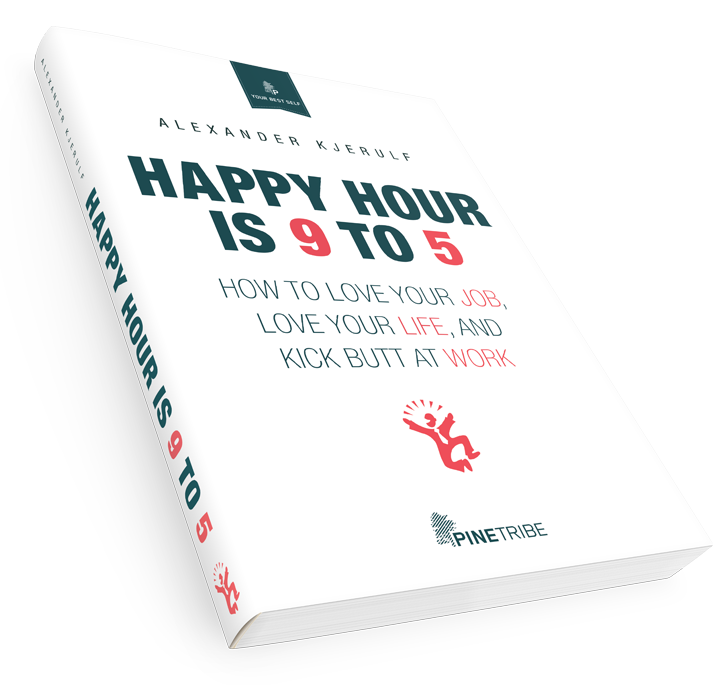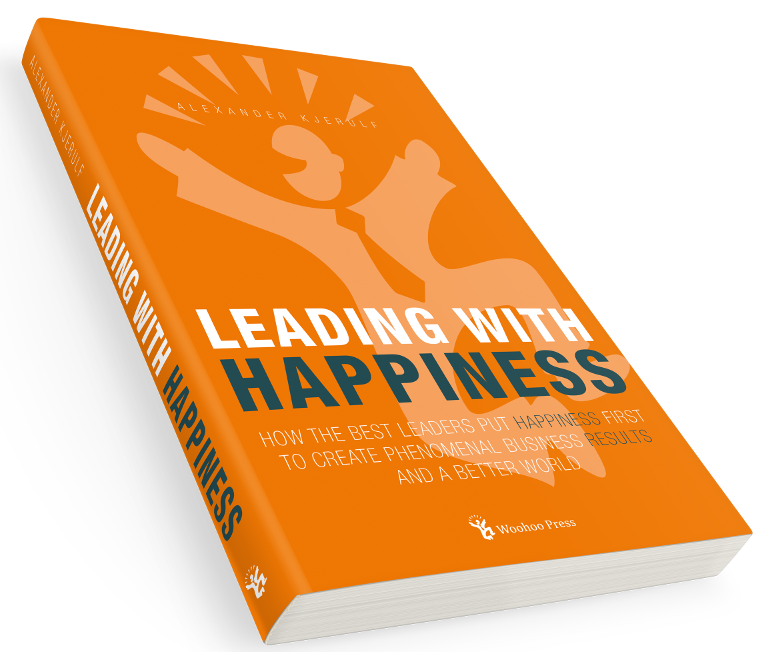You may have heard about facebook’s controversial psychological experiment in which they altered what some users saw in their facebook news feeds so that some users saw more positive posts than normal and others saw more negative posts.
The experiment is being slammed in the media and I honestly think the criticism is going too far, considering how tiny the effect was on the subjects.
But regardless of whether you like the experiment’s setup, the results are interesting and apply not only in social networks but potentially also in workplaces. Here are three lessons workplaces should take to heart.
1: Written communication is emotionally contagious – so watch your email tone
The purpose of the experiment was to examine emotional contagion, a well-known psychological phenomenon that basically means that we are affected by the emotions of people around us. Spending time with happy people makes you happier, spending time with sad people makes you sadder, etc.
Many experiments have shown that we are affected by people we spend time with, but this is the first experiment to show that emotional contagion also happens through written words alone.
This supports the idea that we should watch our language in emails and other written communication at work, because the words we use can affect the recipients.
2: This could potentially snowball
The experiment showed that the subjects who saw fewer negative messages in their newsfeeds increased their own positive output AND reduced the number of negative messages slightly.
This means that increasing positivity in written communications could potentially have a snowball effect, because people who received fewer negative messages would then write fewer negative messages themselves.
Of course the opposite is true as well: Seeing more negative messages makes people write more negative and fewer positive messages themselves which has probably already caused a snowball effect in many workplaces.
3: Seeing fewer emotional messages made people withdraw overall
Interestingly, people who saw fewer messages with either positive or negative content shared less on facebook in the following days. Experimenters call it “a withdrawal effect.”
This is interesting because many workplaces tend to suppress emotions of any kind, which could theoretically lead to people withdrawing and being even less likely to express emotions at work.
The upshot
I want to make this very clear: I am not arguing for mindless positivity, of for outlawing negative messages or negative emotions at work. What I’m saying is that this experiment indicates that we affect people’s emotions simply by the words we use and we can use this knowledge actively to avoid having an unnecessarily negative effect.
Your take
What are emails in your workplace like? Noticed any patterns? If researchers were to run the same linguistic analysis they ran at facebook, what would they probably find? Have you noticed any effect on yourself?
Related posts
- 9 reasons why workplaces can no longer afford to ignore how people feel
- Research shows happiness is highly contagious
- Why “Motivation by Pizza” doesn’t work




Leave a Reply